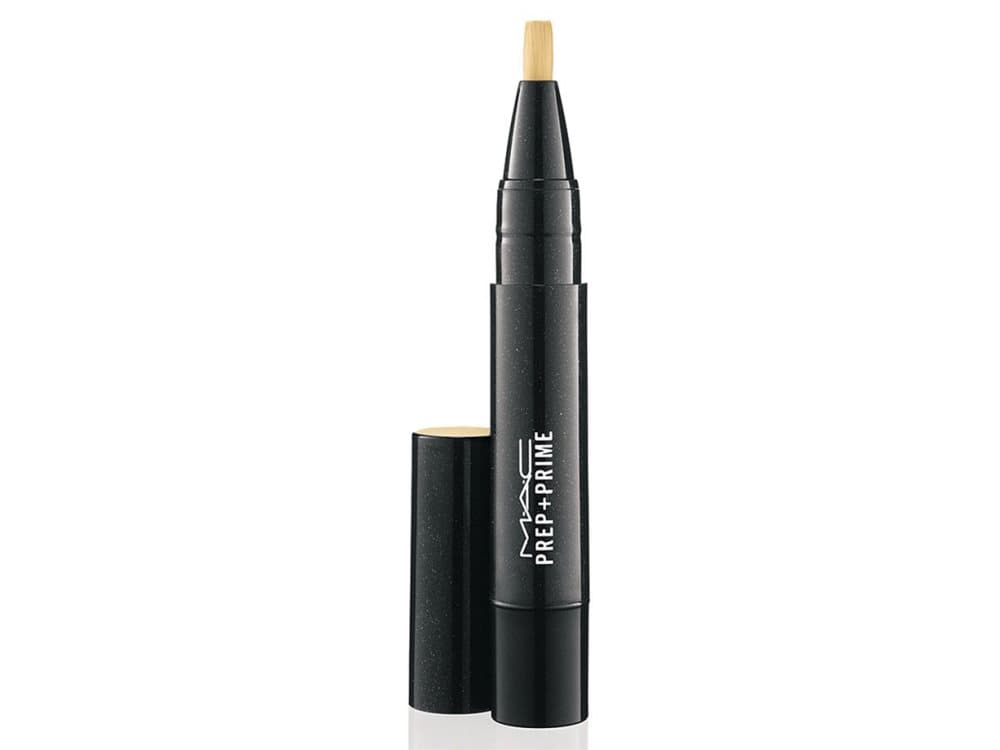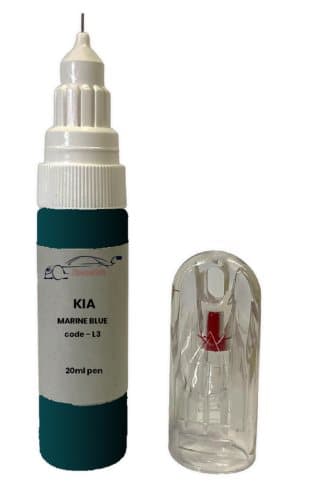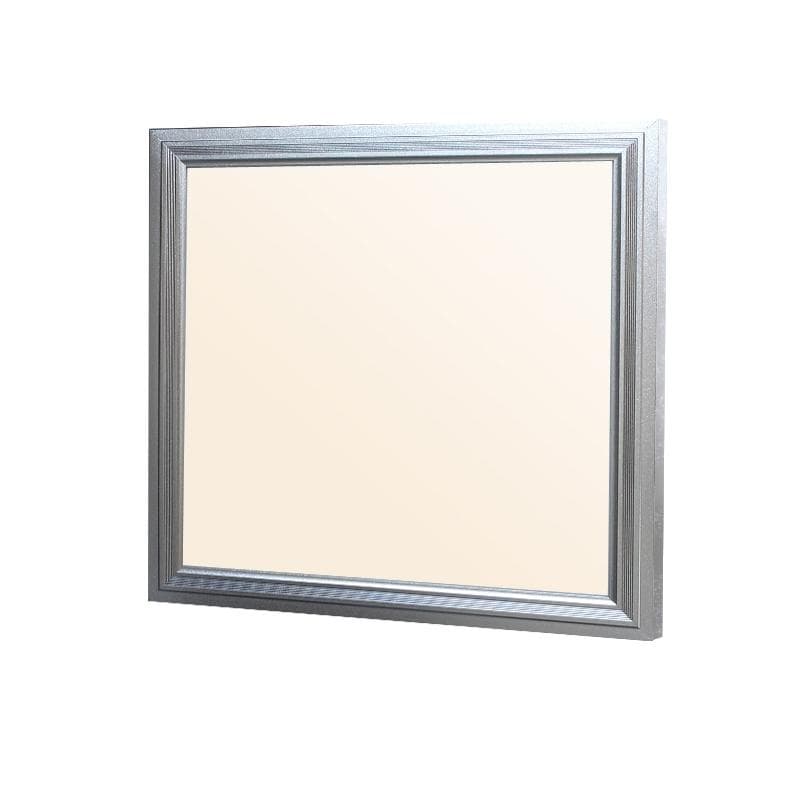How do we know what an amoeba looks like? How can doctors see the details of our skeletons and internal organs? What enables us to see an exploding star in another galaxy? All of these things are made possible through the innovations of photography. Kelley Wilder here provides a primer on the remarkably fruitful applications of photography to science as she explores the multiple facets of this complex relationship. “Photography and Science” describes how photography first established its legitimacy through close association with key scientific ideas and practices, such as objectivity, observation, archiving and experimentation. Wilder then charts how photography returned the favour by serving as a powerful influence in various scientific disciplines, such as biology and astronomy. The book digs into the controversial debates over photography’s success’ in the sciences, its use in practical fields such as medical imaging and x-raying, and the complicated relationship between scientific theory and art practice. Augmenting this fascinating study are eighty photographs of scientific subjects and experiments, many of which are published here for the first time. A thought-provoking, broad-based examination, “Photography and Science” will be an essential addition to the bookshelves of scientists, photographers and art historians alike.












